Double Crunch: How To, Variations, Benefits, Muscles Worked, Beginner Mistakes, & Alternative Exercises
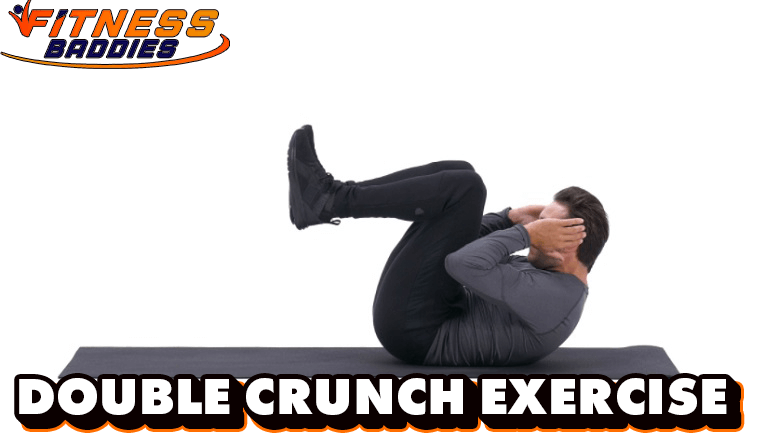
Ahh yes, the double crunch exercise, an exercise that I been told about and have seen performed by top authorities in the strength training field.
A former coach of mine, Joshua, who is a respected authority in the sports training is the one that made me aware of this bodyweight ab exercise.
Quick Note about Bodyweight Exercises (especially for abs)
Thing is when doing bodyweight training (like the seated tricep press), trainees often encounter a point of diminishing returns. They become so proficient at an exercise that simply increasing repetitions no longer provides sufficient muscle stimulus for any type of growth.
Adding to this it also starts taking up too much time for it to be a sustainable or even worthwhile strategy.
This is especially true for abdominal muscles, which are recruited in almost all calisthenics and some weight exercises in some shape or form, and as such they develop great endurance for high repetition training.
When this happens, athletes have no choice but to introduce several exercise variations to increase both difficulty and type of muscle contraction.
One of these is the double crunch, an exercise that combines both isometric holds with traditional muscle contraction.
Due to the nature of the exercise, the double crunch also has the added benefit of recruiting the entirety of the rectus abdominis, leading to greater muscle development, not to mention, it’s also a great workout overall for those setting out to get rid of belly fat.
What Is a Double Crunch?
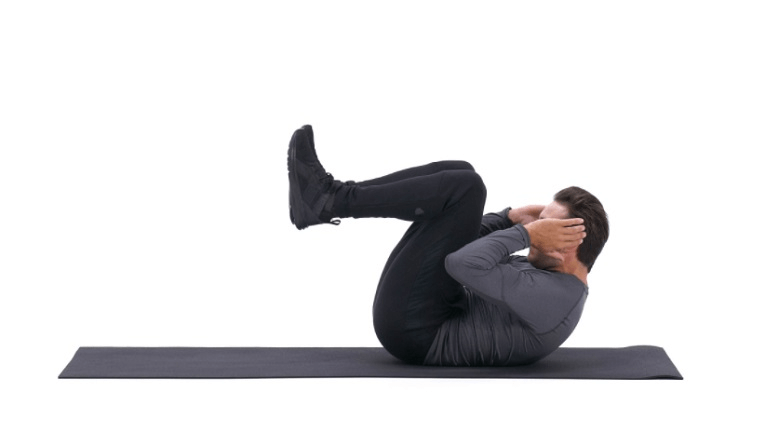
The double crunch is an exercise that targets the abdominal muscles, hip flexors and obliques by having the trainee raise their torso, like they would on a traditional crunch, while also keeping their legs suspended in the air and bringing their knees up to their chest.
By having to hold up the weight of the legs (which by the way helps build bigger quads too) and torso, the abdominal muscles are in constant tension, which is at its peak as the user extends their legs and drives the weight further away from their center of gravity, then reduced when the knees are brought closer to the center of gravity and towards their chest. At this point, the muscle contraction from crunching takes over.
How to Perform a Double Crunch
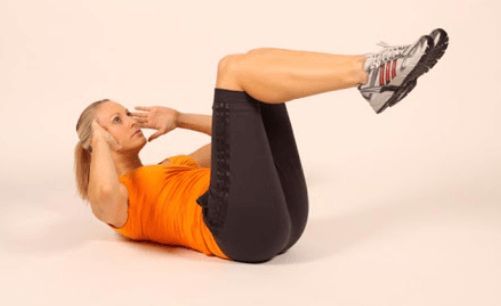
Here are the steps to perform double crunches
Step 1
Begin by sitting on an exercise mat or simply the ground, with your knees bent close to your chest and your feet slightly off the ground. If you’re having trouble finding a balanced position, then bring your arms forward.
Step 2
Stretch your legs as much as possible while keeping them elevated off the ground, simultaneously lower your torso into a reclined position while keeping it off the ground as well.
Step 3
With a contraction of your abdominal muscles, raise your torso while also bringing your knees closer to your chest. You should find yourself back at the starting position. Repeat for as many repetitions as desired.
Like this video:
Breathing
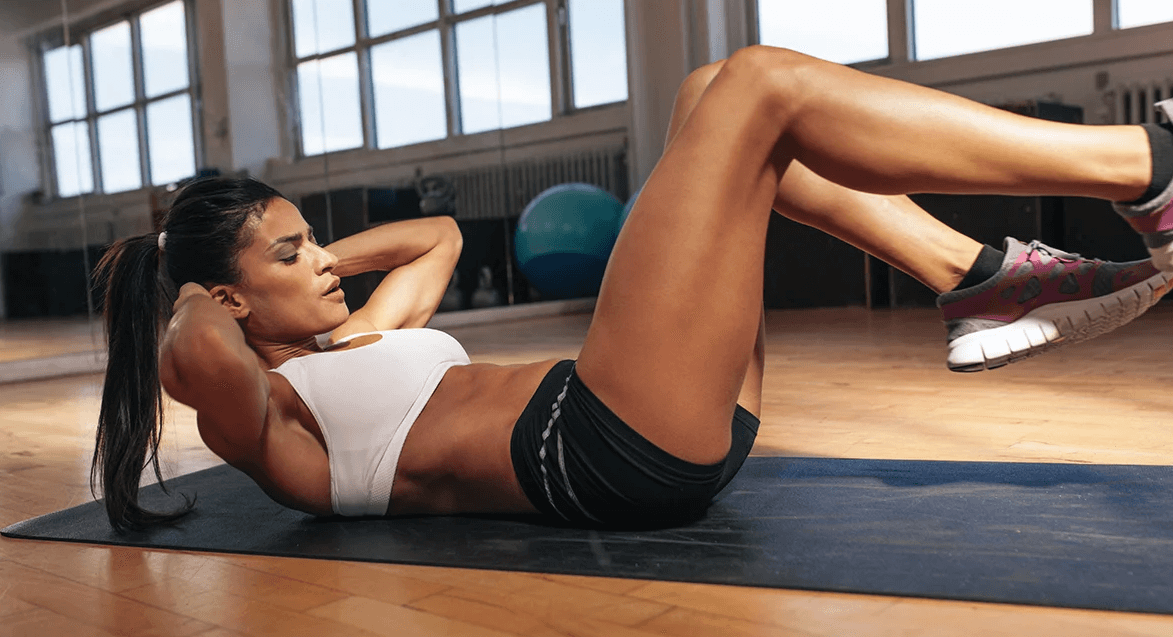
When performing exercises that target the abdominals, breathing is of utmost importance. When taking in breath, air fills the abdominal cavity, making it a lot harder to contract fully. Thus, breaths need to be timed alongside contractions to ensure maximum range of motion and muscle contraction.
For the double crunch, you should breathe in as you extend your legs and torso, then breath out when you contract them to return to the starting position. This will create more stability when the core is at its weakest – full extension – and allow proper range of motion and muscle contraction on the second part of the exercise.
Optional Variation
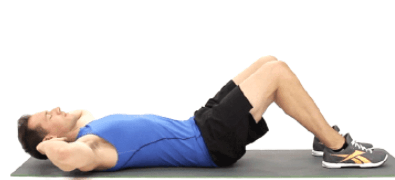
If you find that the exercise is too difficult to perform for a significant amount of repetitions, you can place your hands on the ground at your sides to both balance yourself and lower the total load your abdominal muscles have to hold up.
This will decrease the difficulty and intensity of the exercise until you build up enough abdominal strength and endurance to perform it regularly
Recommended Sets and Repetitions
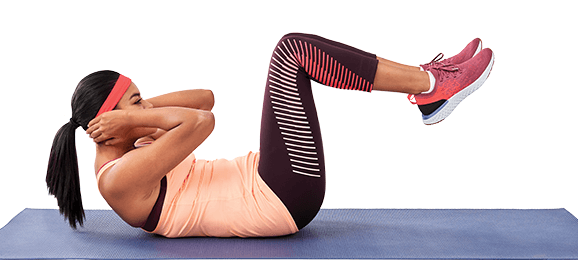
Here are the recommended sets and repetitions for different
Beginners
Beginners should focus first on performing the exercise correctly, and can place their arms at their sides if necessary to lower the difficulty. Aim to perform three sets of ten reps each, but don’t worry if you don’t reach it at first.
Intermediates
Intermediate trainees should not require assistance to perform the exercise, and should reach the beginner goal of 10 repetitions fairly easily, and instead aim for four sets of twenty repetitions.
Experts
Experts should be proficient with the double crunch and I suggest going for five sets of thirty reps at most. Any more than that and they should consider finding exercises with an even higher difficulty so as to continue making progress.
There are a number of ways for you to measure your fitness levels to know where you fall in this distinction we made, that way you get the best of this exercise.
Benefits of The Double Crunch
Double crunches have many benefits but the most that stands out is:
Increased Core Strength and Endurance

As can be expected of a core exercise, by performing this exercise regularly you will increase both your core strength and endurance. Strength gains may be minor compared to endurance due to the relatively low resistance, it depends on your previous training experience.
What is also great is you don’t any equipment to work your core using this exercise this is similar to other exerises like, jumping jacks and squats that provide a lot of benefits without using any exercise equipment.
In fact, I completed several challenges before and wrote about them; 100 jumping jacks per day, 100 pushups 100 situps 100 squats for 30 days, and doing squats every day for 3 months, you should check them out and see what I gained from them
Muscles Worked During the Double Crunch
Below we discuss the muscles worked by double crunches
Rectus Abdominis
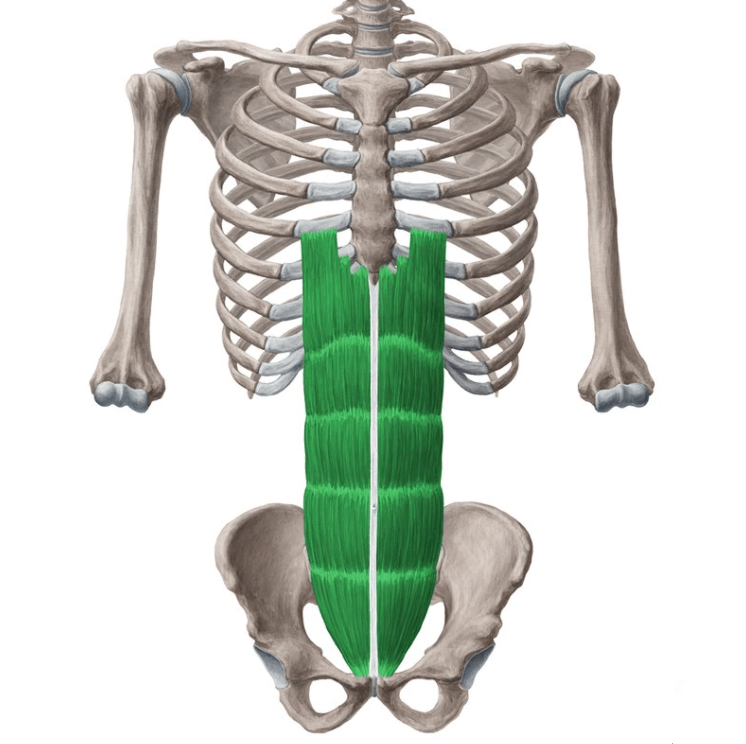
The rectus abdominis, also known as the “front abs” is the primary muscle worked in this exercise. Contrary to popular belief, the entire “front abs” are only one muscle, with the ridges that are usually thought as different muscles being only bands of connective tissue. It should also be noted that abs (also referred to as packs) vary in different people; some have 6 packs, others have 10 packs, and a few lucky folks tip the scales at jaw dropping 12 packs.
However, the fact that it is only one muscle does not mean it does not benefit from being worked at multiple angles, which is why the double crunch is such an effective exercise. If your main goal is to grow packs that will spark envy at the beach, then you can also draw in other exercises like planks and push-ups, or the planche lean.
Obliques
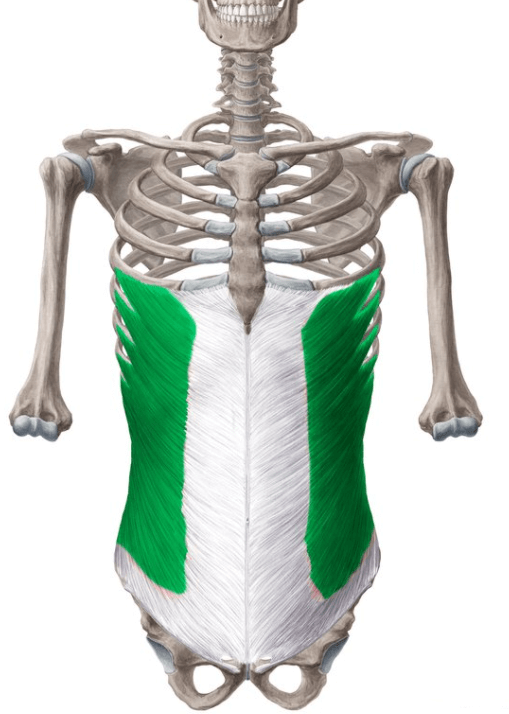
Obliques, both external and internal, work as a secondary muscle in this exercise to stabilize your torso. The internal obliques cannot be seen, but they lie just under the external obliques, which extend from your lower ribs to your hips and help create that V-taper look.
Hip Flexors
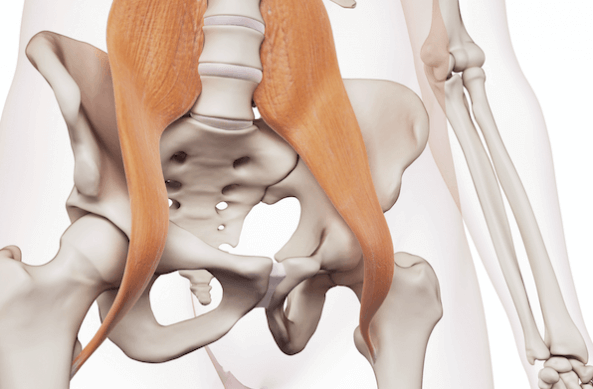
Hip flexors are small muscles located on your hip. As is to be expected from the name, hip flexors work to flex your hips, which occurs during the double crunch when you raise your knees to your chest. If you fell that your hips are rock solid when trying to do the double crunch, then you definitely need to do something about that with a few other exercises that help loosen up your hips like lunges (find out how many lunges you should do in a day), or even jumping on the trampoline each day.
Common Mistakes Beginners Make During the Double Crunch
Here are the common mistakes you should avoid when doing double crunches
Placing your heels on the ground
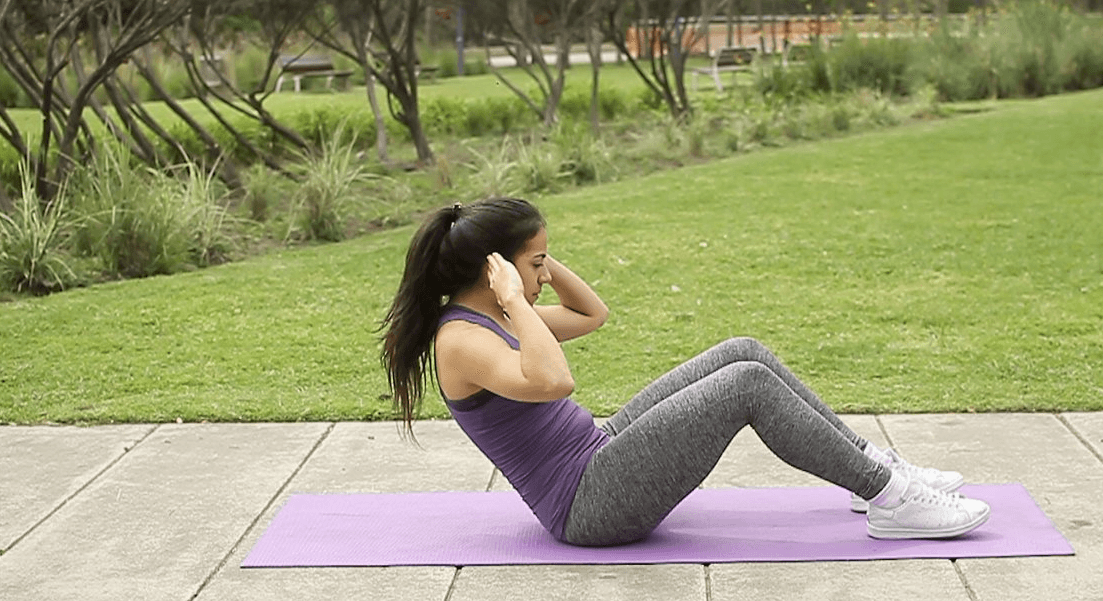
It’s important to remember that your legs must be off the ground at all times during the exercise. If you find that this is too hard and you can’t perform even ten repetitions, reduce the extension of your legs slightly by keeping your knees bent. As you progress, slowly increase the extension until you manage to straighten your leg fully fifth each repetition.
Resting your back on the ground

Similar to what occurs with the legs, trainees that do not have enough core strength might be unable to hold their torso off of the ground during the extension portion of the exercise If this is the case, try performing the exercise while supporting yourself with your arms at your sides.
Alternatives to the Double Crunch
Now we discuss alternative exercises to the double crunch exercise
Weighted Sit Up
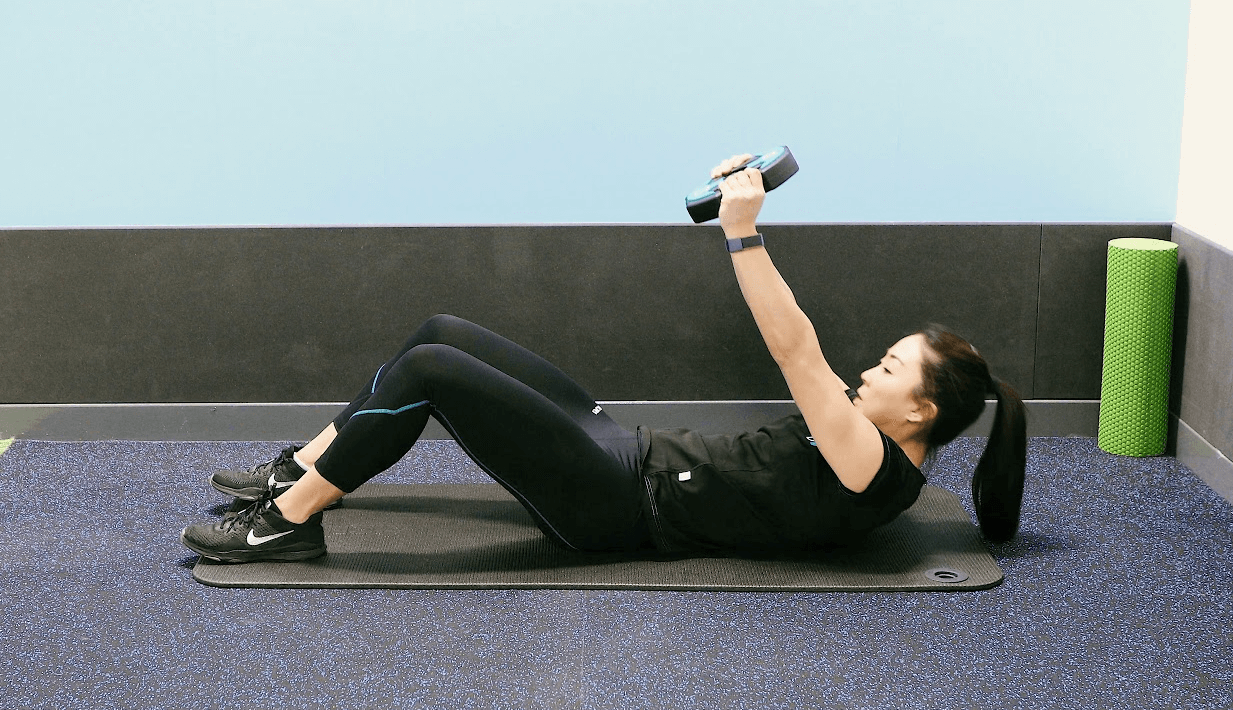
The weighted sit up is a fantastic exercise for those looking to progress further in their training of their abdominal muscles. Thanks to the introduction of weights; mostly a dumbbell or a clean weight plate as some prefer. By the way, if your weights have become rusty, don’t give up on them, here’s a quick how-to that has made removing rust from my weights a piece of cake.
Progression is much simpler and athletes can perform the exercise far longer while reaping its benefits; as long as they increase the weight accordingly.
To perform a weighted sit up, you will need a single weight plate, kettlebell or dumbbell. Simply lie on the floor, with your knees bent and your feet flat on the ground as you would with a regular sit up.
While holding a dumbbell, plate or kettlebell to your chest, contract your abdominal muscles to raise your torso until your forearms touch your knees. Slowly lower yourself back down and start over.
If you are having trouble keeping your legs steady, you can perform the exercise on a bench with leg attachment or. have someone hold your ankles down. If you do not have a training partner, any sort of resistance placed on your feet, such as dumbells, furniture etc, will work too.
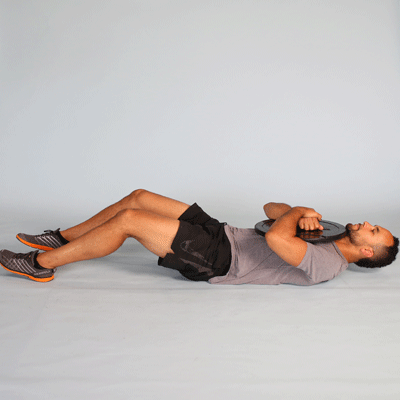
Weighted Sit Up Exercise
Negative Sit Up
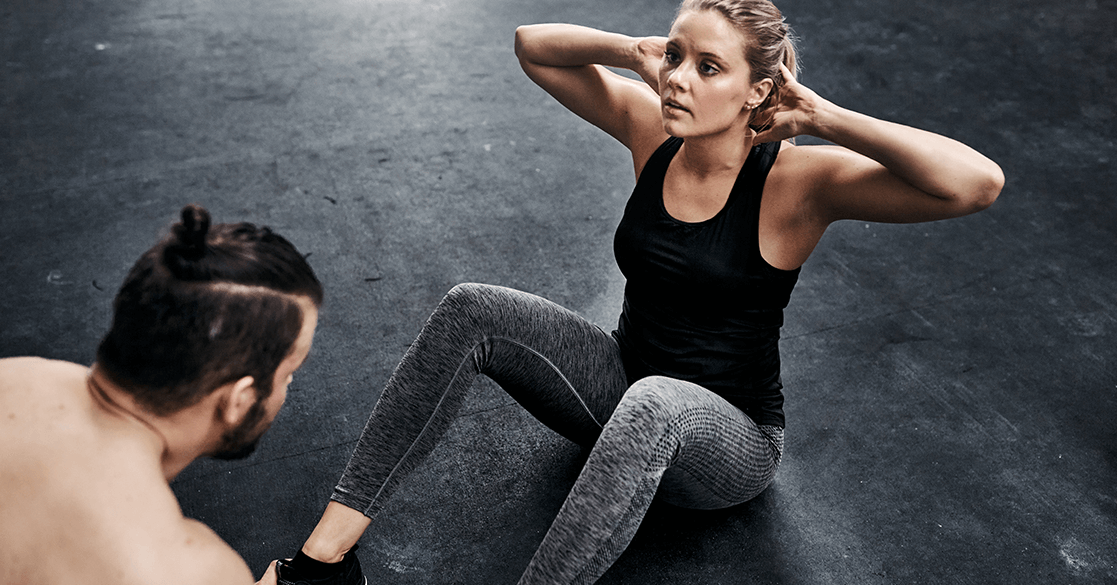
The negative sit up is simply a regular sit up that focuses more on the negative portion of the exercise. It is a way to build strength when athletes are not strong enough to add more weight. Once bodyweight negative sit ups are not a challenge, weighted sit ups can be performed in this manner as well.
To perform a negative sit up, simply perform a regular sit up, then lower your torso in a slow, controlled fashion. Resist the urge to let your body fall back to the ground due to gravity, a simple way to achieve this is to count 4 seconds as you lower your torso.
Like this video:
Related Readings:
- Youth Weight Training: Is it Okay? When Should They Start Lifting Weights?
- My Review of Ka’chava’s Meal Replacement – Are They Worth it?
- Training Biceps & Triceps on the Same Day: What you need to know
- Sole F63 Vs. Bowflex BXT6: Which One Is Better for You?
- Can Stretching Make You Taller? Myth or Reality?
- Pre Workout without Beta Alanine – My #1 Itch Free Pick



